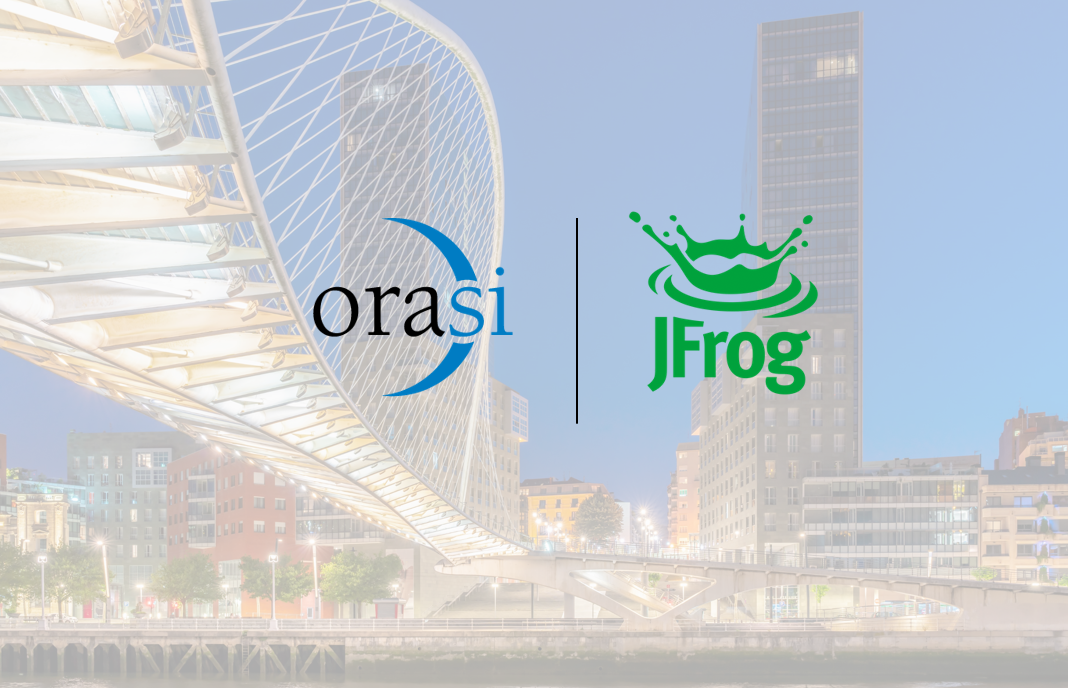By: Mark Lewis, SVP Sales and Marketing
In the modern era of digitization and real-time services, businesses need to adapt to a new paradigm of applications. They cannot afford to be stuck in software delivery processes that take a lot of time, entail many defects, and are full of production-level gaps. Businesses need to elevate their game for software because the speed, quality, and distinctness of software will make them stand out in the competitive crowd. This is where they need to understand how to make their software delivery process more agile than ever before.
The software delivery process
The software delivery process contains numerous areas. The primary ones include: requirement gathering, design, coding, development, testing, quality assurance, and execution. But each one of these areas can be a pile of invisible wastage, inefficiencies, costs, and bugs. Doing it all manually can create redundancy, time wastage, and inaccuracies in the entire pipeline, especially when options available can free time up for workers to focus on more essential tasks.
What derails software delivery?
Countless factors can ruin the purpose and direction of software delivery. Here are the main issues.
- Spending too much time on unnecessary tasks
- Resource overlap and lack of transparency
- Mismanagement and poor allocation of time
- Confusion between various stages and teams
- Project scheduling errors and pockets of inefficiencies
- Human errors
- Poor hand-over between teams
- Absence of an overarching vision and strategic orientation
Value and benefits of automation
You need to understand why automation is essential to the success of your company’s software delivery process. When you inject automation, you replace labor-intensive areas with automated tools. Now, people do not need to spend time on repetitive tasks that can be taken over with the help from intelligent technology. This also helps to remove errors, accidents, and redundancies. Overall, the entire software delivery pipeline gets a boost of agility, velocity, and end-to-end quality.
Automation challenges and best practices
It is difficult to plug in automation and sit back to reap the advantages it can bring. One has to spend some time, effort, mapping, and resources on reorienting the software delivery pipeline towards an automated environment. You may need to revisit and take away legacy processes and obsolete skills. You would have to train or retrain people in the new mode of agility. A fresh mindset should pervade the entire application cycle so that professionals can get used to continuous development, iterative development, cloud architecture, continuous testing, agile QA, and continuous integration. Tools for DevSecOps, DevOps, AIOps, and a solid Shift-left approach would have to be embraced at many levels. That’s when automation will find room to shine and deliver what it packs.
Automation is not an exception but a reality today. The worldwide market for technology that enables hyper-automation would soon touch $596.6 billion in 2022, as per Gartner, Inc. It stood at $481.6 billion in 2020 and is inching towards a projected $532.4 billion this year. What is interesting to note is that by 2024, organizations will lower operational costs by 30 percent by combining hyper-automation technologies with redesigned operational processes. All this would not be possible without a concrete software delivery of automation capability.
A study from Forrester Consulting reminds us that organizations with a high level of software delivery maturity are three times more likely to grow at 15 percent or more annually. And as to those who are not modernizing their software delivery processes, they face increasing roadblocks that limit growth, slow DevOps transformations, and expose security and risk vulnerabilities.
Automating a successful software release strategy requires the right tools and approaches. CI/CD adoption can lead to disruption in customary processes, role definitions, governance models, and architecture. A tool that comes with a team that can coach your organization on this path is the best bet to make. Do not approach automation as a stand-alone step but as an overarching vision. Start moving towards complex but lightning-fast pipelines with suitable partners by your side on this journey.



